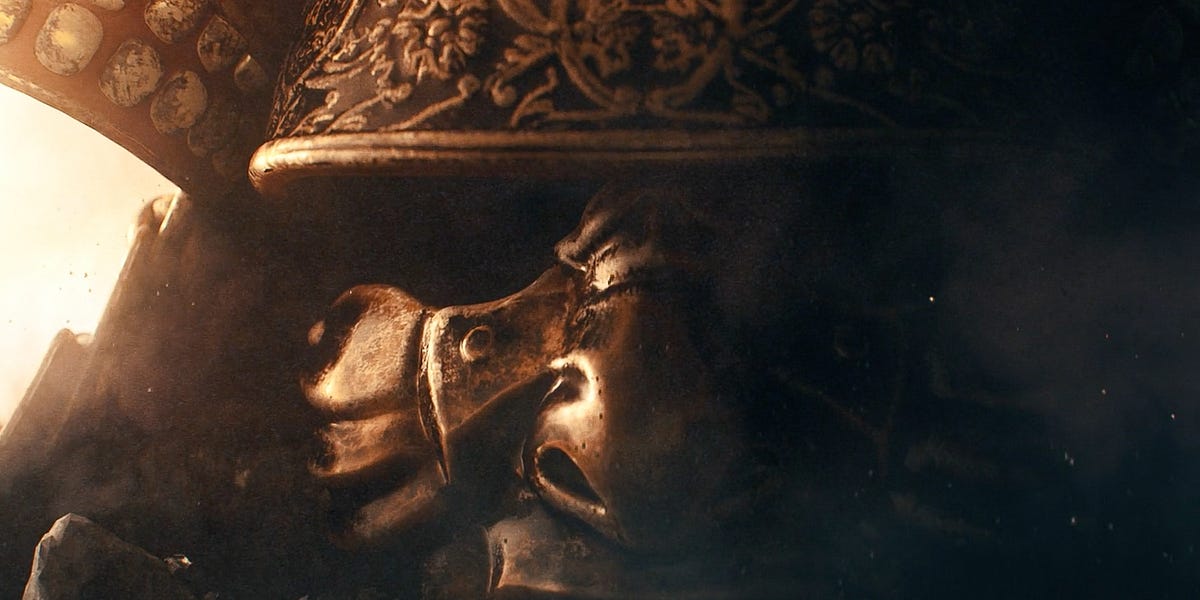The Shogun Code

🌈 Abstract
The article discusses the differences between "high context" and "low context" languages, using the example of Japanese language and culture. It highlights how the 2024 reboot of the "Shogun" miniseries accurately portrays the nuances of Japanese communication, including nonverbal cues and cultural symbolism.
🙋 Q&A
[01] Differences between "high context" and "low context" languages
1. What are the key differences between "high context" and "low context" languages?
- High context languages rely heavily on shared cultural knowledge, while low context languages rely less on such knowledge.
- Fluency in the language from a linguistic standpoint is not enough to be "fluent" in social communication in a high context language like Japanese, as there are many unstated assumptions about manners and etiquette.
2. How does the "Shogun" miniseries demonstrate the nuances of Japanese communication?
- The series accurately portrays the period language, style, and mannerisms of Japanese culture.
- It is filled with cultural symbolism and subtleties that are essential to Japanese communication, even today.
- The series highlights three specific examples of nonverbal communication cues: the use of a cushion, the presentation of a fancy meal, and the subtle movement of a sword.
[02] Examples of nonverbal communication in "Shogun"
1. What does the use of a cushion in a scene from episode 7 convey?
- The cushion is a non-verbal cue that the character Gin is not part of Lord Toranaga's retinue, but is a guest in the space.
- The way Gin sits on the cushion, with one knee touching it, is another non-verbal cue that expresses her effort to humble herself before Toranaga.
2. What does the presentation of the fancy meal in the same episode convey?
- The specific choice of dishes, such as red snapper and rock lobster, conveys symbolic meaning in Japanese culture.
- The red snapper is associated with luck and joy, while the rock lobster is a symbol of advancement in life.
- The menu expresses Toranaga's aspirations for his brother at that moment.
3. How does the subtle movement of a sword in episode 1 convey a message?
- Hiromatsu, Toranaga's general, subtly shifts the grip of his sword downward during a tense discussion with another warlord.
- This non-verbal cue conveys a message of caution, suggesting that the other warlord should be careful about what they say next, or Hiromatsu might draw his sword and strike.
Shared by Daniel Chen ·
© 2024 NewMotor Inc.